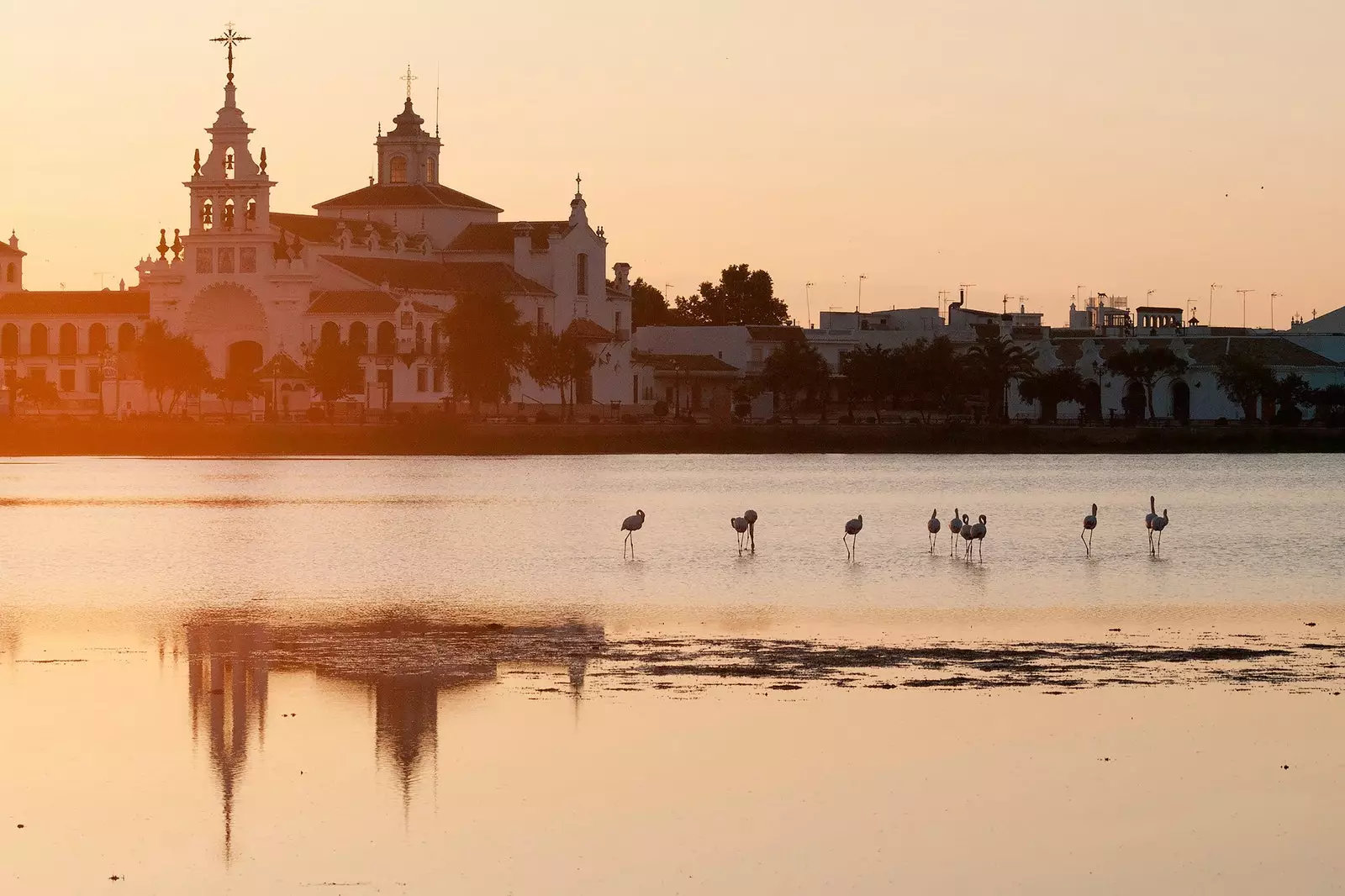
The Dew in Doñana
ran the October 16, 1969 when the government decree was published creating the Doñana national park. Until that moment, few had been daring – or lucky – who had set out to discover the charms of this wonderful enclave. Somehow had been reserved in most cases, to biologists and ornithologists with a clear disposition to value the treasure that Doñana housed.
It had also been enjoyed, yes, by that sector of the aristocracy that, back in the 16th century, was invited by Doña Ana de Mendoza, wife of the VII Duke of Medina Sidonia and owner, together with her husband, of the entire natural space, to their famous hunting parties throughout the park. Nothing to do -and thank goodness- with what Doñana is today.
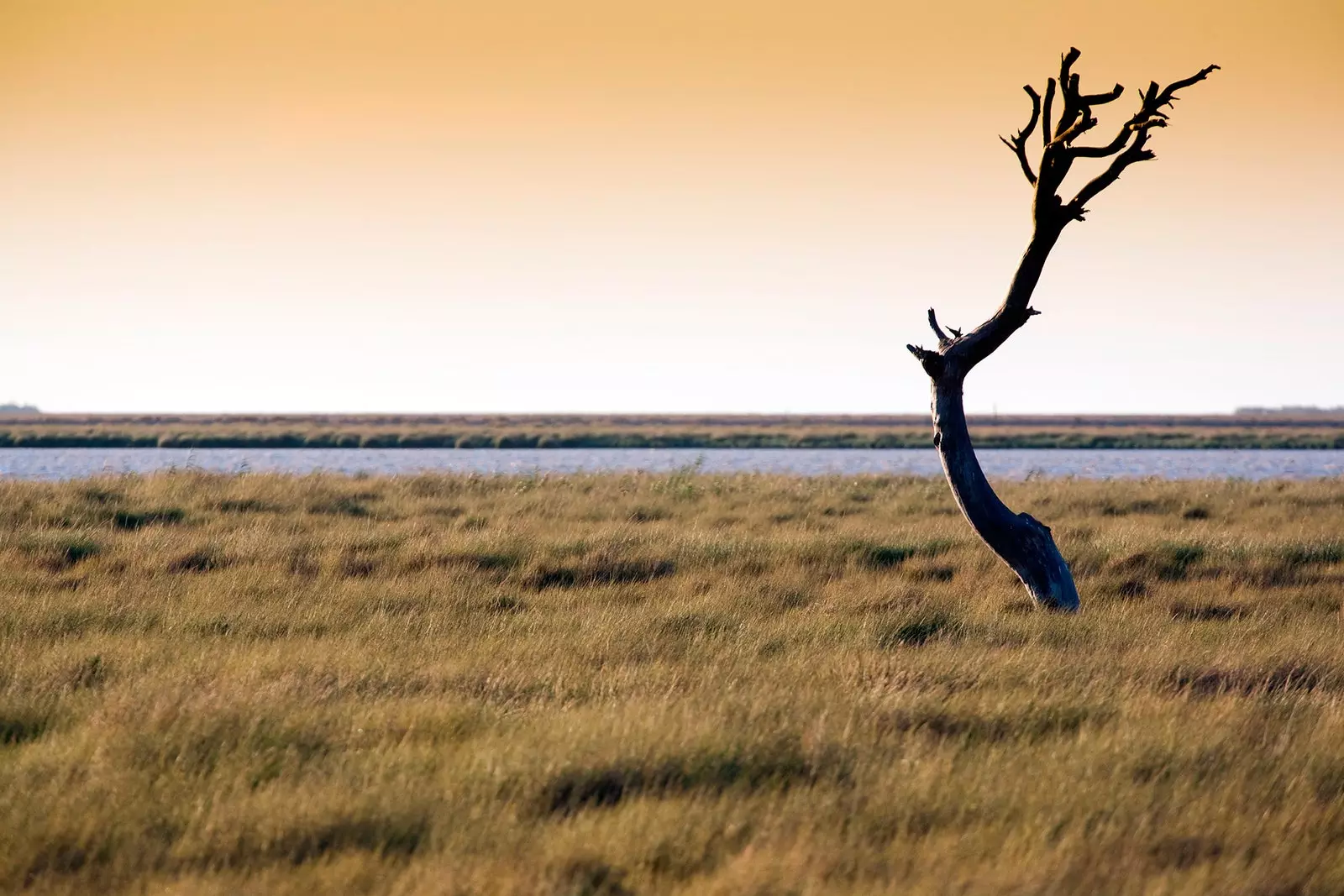
Four ecosystems coexist in Doñana
Because today, under the National Park protection seal, hunting is -obviously- prohibited and to access its interior you only need to have a little sensitivity and interest in nature. That, and arrange an organized visit in advance. In other words: Doñana is within everyone's reach.
The park, which occupies part of the provinces of Seville, Cádiz and Huelva, can be accessed through any of the three scenarios. We decided on one of the routes organized by the ** Andalusian Marismas del Rocío Cooperative ,** which has been illustrating for no less than 40 years, in excursions led by its friendly guides and drivers, the most complete version -no other company equals its proposal- from Doñana: the one that runs through the four ecosystems of the park.
STARTING, WHAT IS A GERUND
We start the visit in the El Acebuche Reception Center , just 3 kilometers from the coastal town of Matalascanas , in Huelva. In the backpack, a little water, sunglasses, binoculars and a camera.
From this farmhouse, which also serves as an interpretation center, they leave twice a day -once in the morning and once in the afternoon- the all-terrain buses prepared to cover the varied orography of Doñana.
A few kilometers away, a gate warns us that we have officially entered the National Park -about 54,000 hectares-, which together with the Natural Park, which encompasses a large part of the environment -another 68,000 hectares-, makes up what is administratively called Doñana Natural Area . Total, more than 122,000 hectares of pure magic and nature: the largest ecological reserve in Europe.
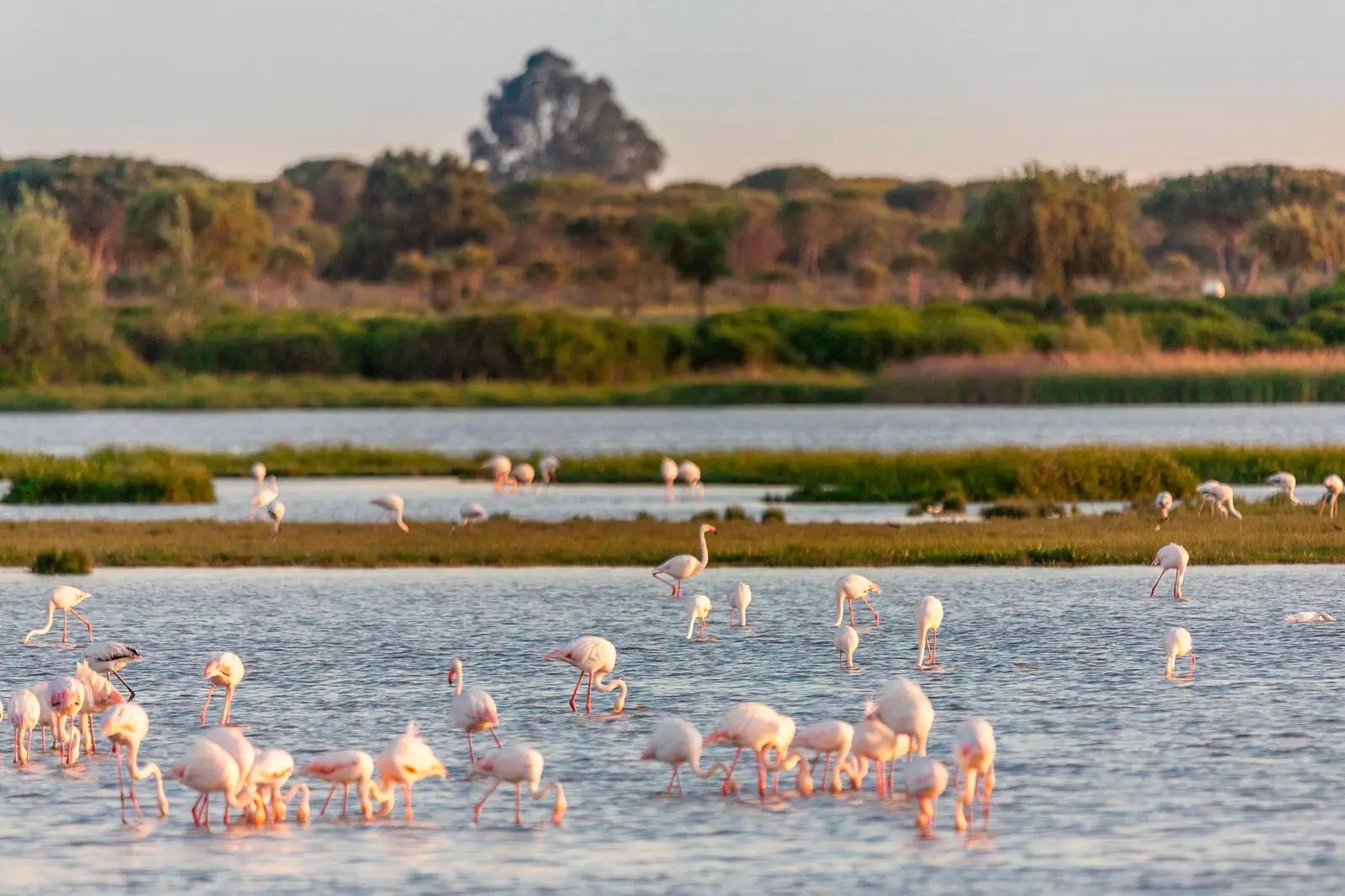
Doñana is a place of pilgrimage for lovers of ornithology
While the potholes in the road put our rears to the test with boats on the seat, Rosa, the guide, strives to explain the route that we will take during the four hours that the visit lasts.
As soon as she begins, she clarifies that, despite being protected, the park is not virgin: Doñana has been inhabited and exploited for centuries. Here they lived -and continue to do so- humble families who took advantage of the natural resources of the area to develop a subsistence economy. How? Via activities such as coal, cork or fishing, for instance.
People who lived together in a unique environment with an absolutely diverse fauna and flora: due to its privileged geographical location, two steps from the Atlantic and the Mediterranean, and halfway between Europe and Africa, Doñana is chosen every year by thousands of birds that stop during their migration processes. The most notable? The Iberian imperial eagle, an endangered species of which twelve couples live here.
But birds are not the only inhabitants of Doñana, more would be missing: deer, fallow deer, wild boar, otter, rabbit, bobcat, mongoose, mouse, vole, bat, shrew, or marsh cow They are just some of the mammals that abound in the area. Among them, of course, the king of the park: the Iberian lynx, also in danger of extinction and an emblem.
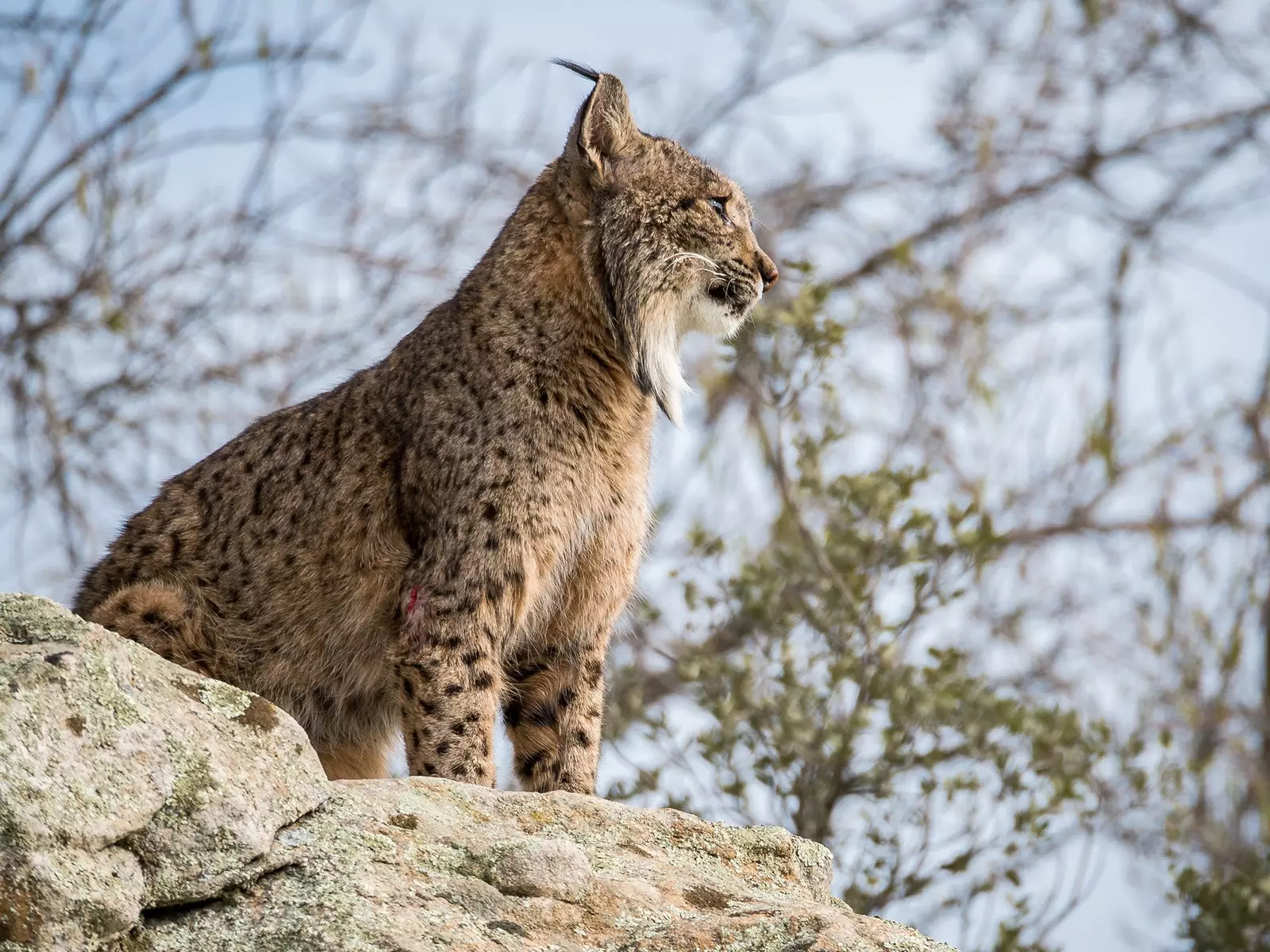
The Iberian lynx is one of the most emblematic animals in the Park
If to this we also add the immense amount of reptiles, fish and plant species that grow in their different ecosystems, there is no doubt: we are in a unique place in the world.
ECOSYSTEM 1: THE BEACH
bathed by the Atlantic, Doñana has a coastal stretch of approximately 30 kilometers: those that cover from Matalascañas to the mouth of the Guadalquivir, in front of Sanlúcar de Barrameda. In fact, it is the largest in all of Spain.
As soon as our bus begins to move along the long shore, Rosa continues to fill in the details. For example, that the fishermen's ranches, a kind of cabins that dot the beach every several hundred meters, are still inhabited by those who continue to live from the noble art of fishing.
Next to some of them you can see small wells that, surprisingly, and even being a few meters from the sea, are freshwater. The reason? All of Doñana is located on an immense aquifer that, although it is not going through its best moment, it is essential for the park to continue being the hive of life that it has been until now.
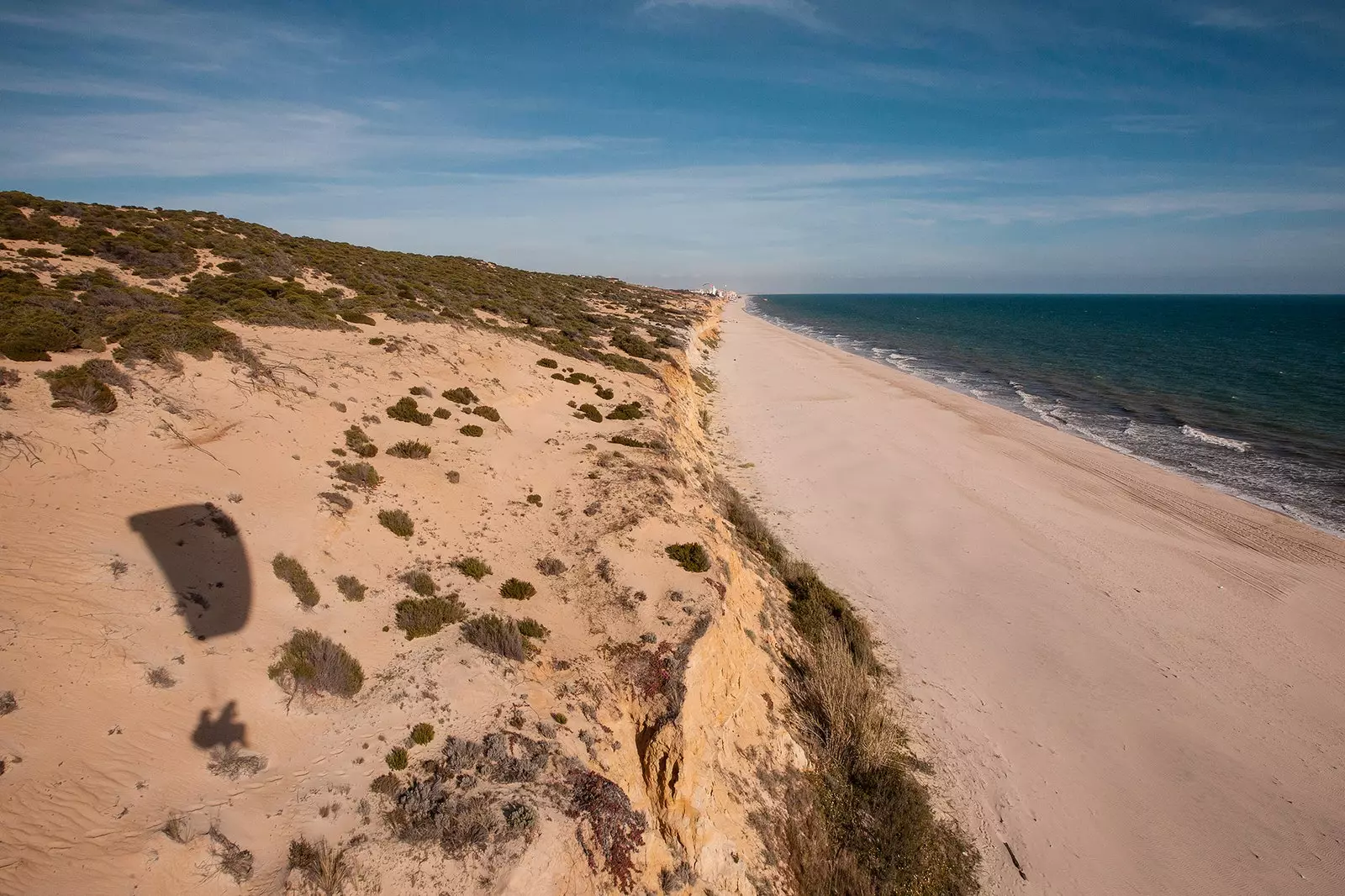
Doñana has a coastal stretch of about 30 kilometers
As the bus moves forward, some birds come out to meet us. Are gulls, sandwich terns and some sandpiper, a small bird that, in the months of April and May, migrates to Iceland to raise. Seeing them run quickly from one side to the other in search of the organic substance left by the waves is quite a sight.
Before turning on the road to immerse ourselves in another of Doñana's ecosystems, Rosa tells us that despite being protected land, the beach is publicly accessible. Precisely for this reason, it can only be accessed on foot or by bicycle. What a pleasure to enjoy a bath surrounded by this landscape.
ECOSYSTEM 2: THE DUNE SYSTEM
Total, 28 kilometers long and 1.5 deep: that is the space occupied by the dunes of Doñana, which due to the sand dragged by the current of the sea and the action of the winds, each year they advance and conquer a little more ground.
This is how they make up the soft hills of sand that are the mistresses of the place and against which not everyone can fight: stone pine forests from the area, which were introduced in the 18th century to repopulate Doñana -the families that were dedicated to coal cut down a large part of the native trees-, are slowly being drowned by the dunes giving shape to the so-called 'corrals': small forests that subsist between them. Others, however, are not so lucky and are buried.
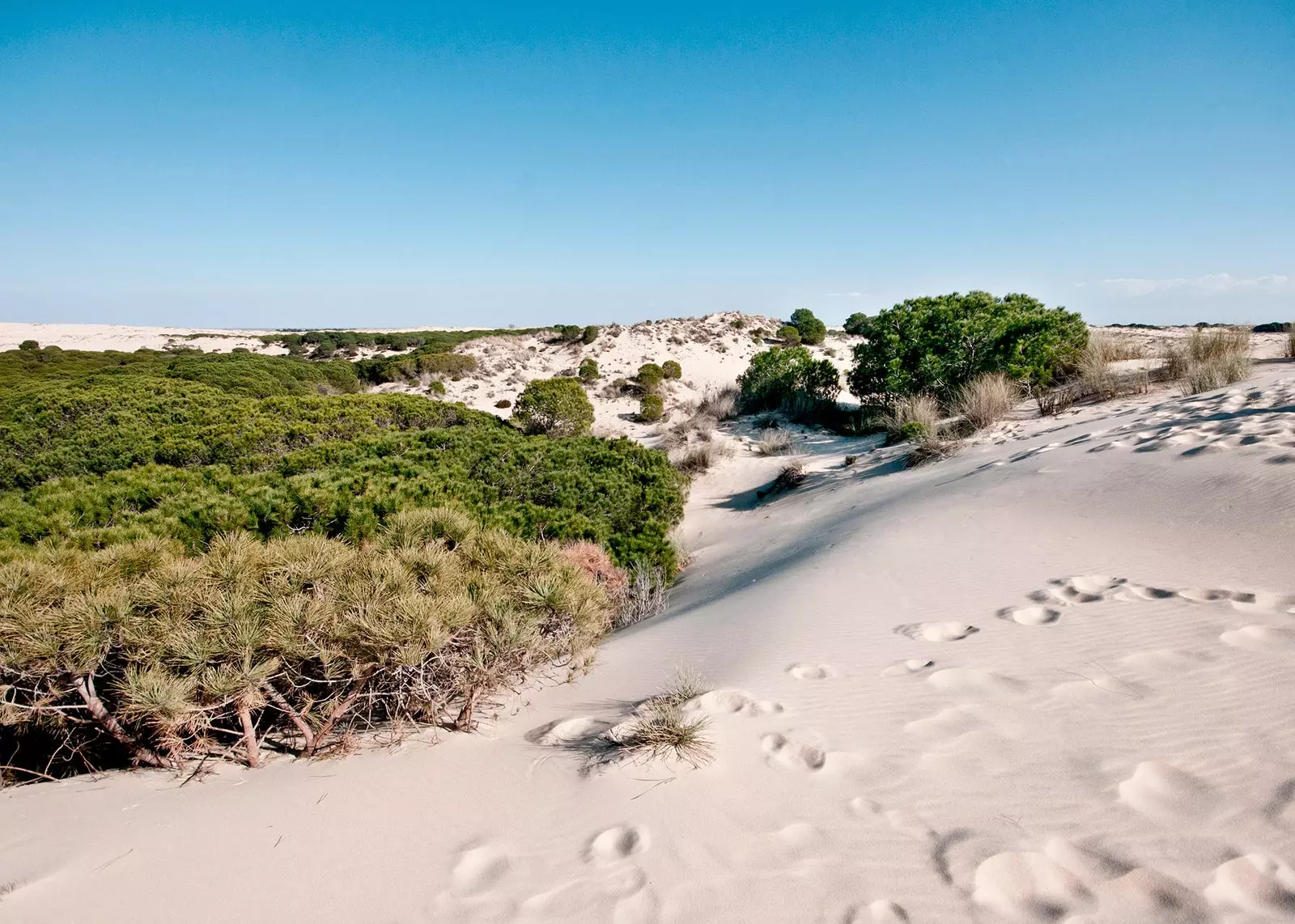
The dunes are the owners and ladies of the place
Between sand and pines, a good assortment of bushes that do know how to adapt to this environment. With a system that allows them to shrink or expand their roots to prevail over the sand and at the same time take the water they need from the aquifer, they are an indispensable part of the landscape.
A 15-minute stop at the Hill of the Geese allows us to walk and discover, embodied in the sand, little footprints that reveal the presence of other living beings in the area. Many of them usually frequent the dunes in the early morning or at sunset, although the exception is found before us: just 100 meters away, a group of deer watches us giving us one of those prints that we will remember forever.
ECOSYSTEM 3: MARSHES
The one that for many is the jewel in the crown, It completely changes its appearance depending on the season of the year. During the summer months, when the lack of rain causes the water in the marshes to disappear, it is transformed into a completely cracked clay desert. So hard is the terrain, that our bus ventures to cross it without any problem.
Around us, the bushes grow on the ground serving as food for a huge number of livestock. Among them, at marismeño horse and the marismeña mustrenca, both native species characterized by their strength, and brought to America by Columbus after the discovery of the New World –that is: those that exist in the American continent are first cousins of those of Doñana-.
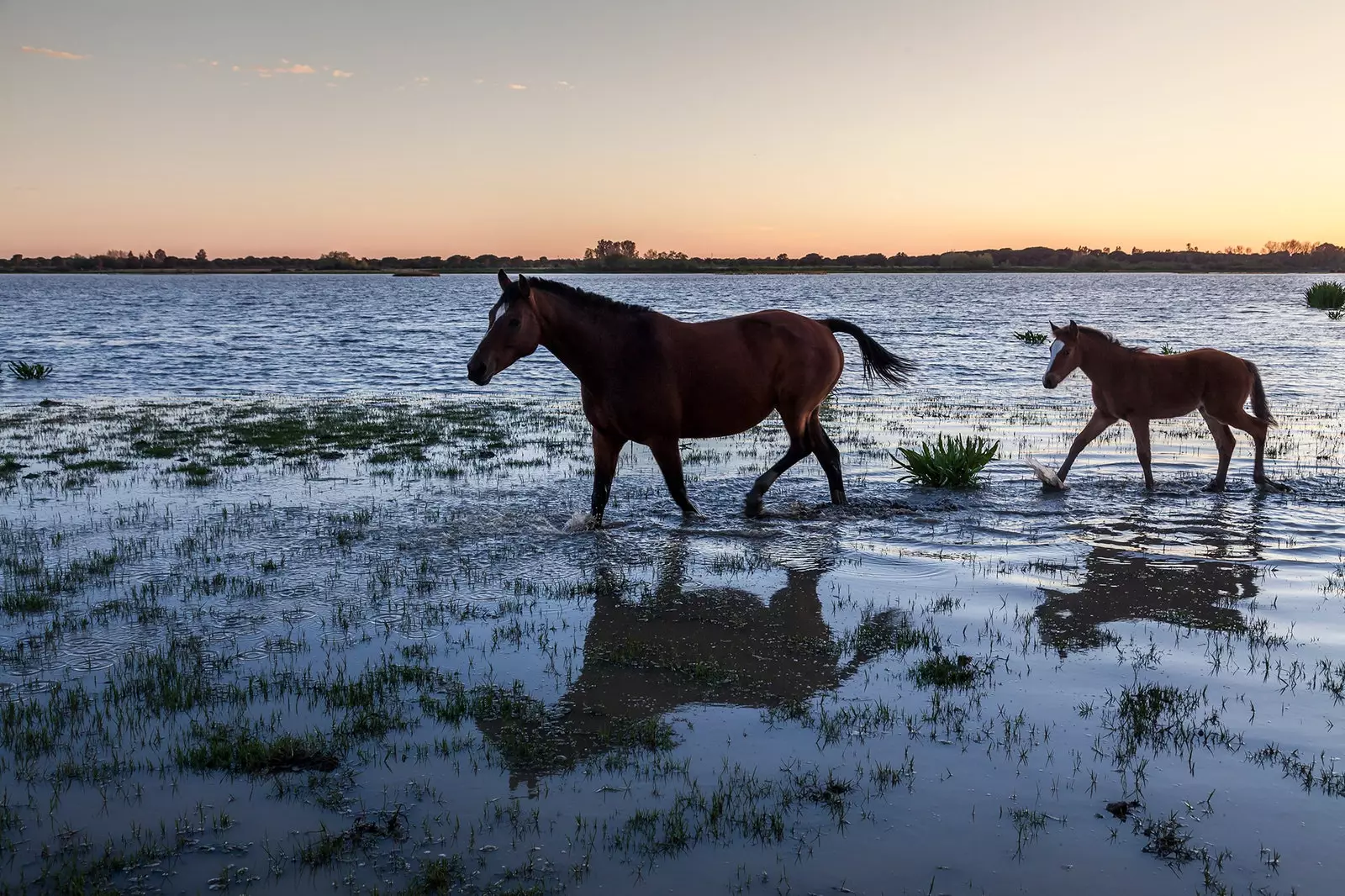
Horses in the marshes
Also during the dry months the green areas are concentrated in he will see her, the place where the fresh water filtered by the dunes meets the clay soil of the marshes, causing it to flow out. What does this mean? That Since there is always water, there is also always vegetation, so much of the animal life is found here.
In fact, as we walk through the land, the procession of groups of deer, fallow deer and wild boar roaming freely is constant.
When the rains arrive, however, the wetland fills up and the natural spectacle reaches its peak. Aquatic plants, crustaceans, fish and insects become the inhabitants of this ecosystem that attracts approximately 300 species of birds arriving from the most diverse places in the world. Doñana then becomes a paradise for lovers of ornithology.
ECOSYSTEM 4: THE MEDITERRANEAN FOREST
And suddenly the landscape changes again: we enter a world full of stone pines, -yes, they are everywhere!-, but also of other species of autochthonous bushes such as rockrose, mastic, rosemary, hearts of palm or thyme.
The most characteristic of this ecosystem is that survives thanks to the water of the aquifer without having to depend on the rains.
On our tour, surrounded by pure vegetation, suddenly emerges a beautiful building that captures all our attention. "What is this?". Well, this is nothing more than the Palace of the Marshes, ordered to be built by a sherry winery owner at the beginning of the 20th century and place of retirement, since 1992 that became property of the State, of many of our presidents of the Government, in addition to some other foreign leader.
One last stop on the old town of La Plancha, inhabited until the 90s, gives us the option of see what the old and humble houses of the families that lived in the area were like. We take advantage of the fact that the Guadalquivir is a few meters away to approach its shore: a visit to Doñana could not be complete without it.
Back on the bus and with lungs and soul filled with such purity, we look at the mouth of the Atlantic, with the wonderful Sanlúcar de Barrameda watching us on the other side of the river. While we travel along the shore the kilometers that separate us from our starting point, the sun begins its race to reach the horizon. Someone, startled, warns us that in one of the neighboring dunes a male deer, with its antlers sticking out impetuous, says goodbye to us.
We have not the slightest doubt: Doñana is an indisputable natural jewel.
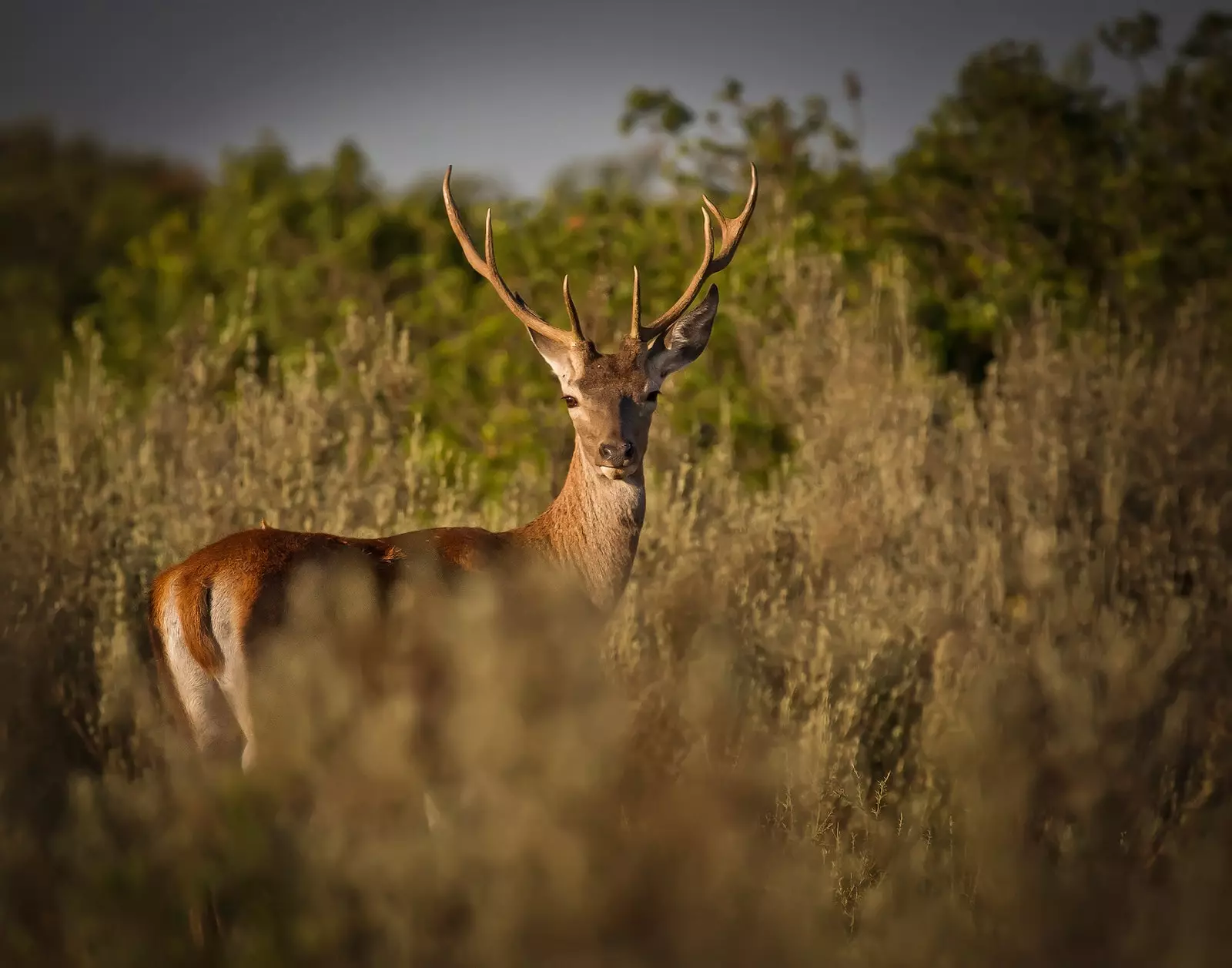
An indisputable natural jewel
